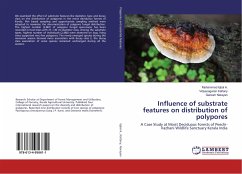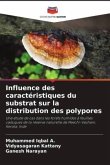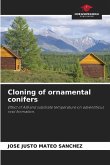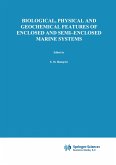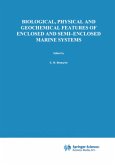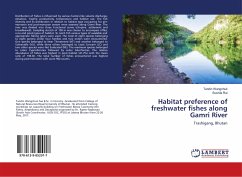We examined the effect of substrate features like diameter, type and decay class on the distribution of polypores in the moist deciduous forests of Kerala. Plot based sampling and opportunistic sampling method were adopted to maximize the documentation of polypore fungal distribution. The highest number (2,861) of polypore fungal sporocarps has been recorded in host trees with 21-30 cm diameter class. Among the substrate types, highest number of individuals (2,480) were observed on logs, living trees supported very few polypores. The newly emerged species during the monsoon season showed more association with decay class 2, the decay class association of some species remained unchanged during all the seasons.

